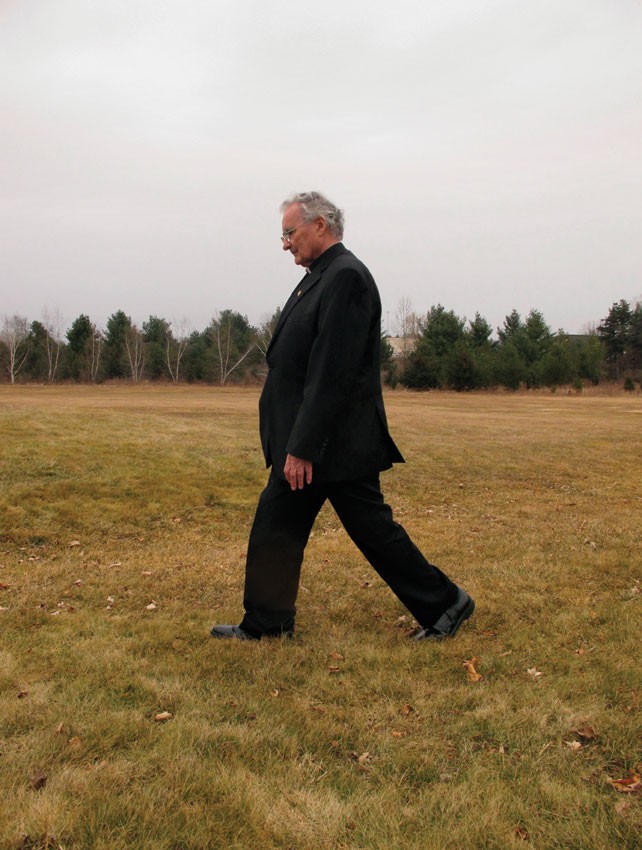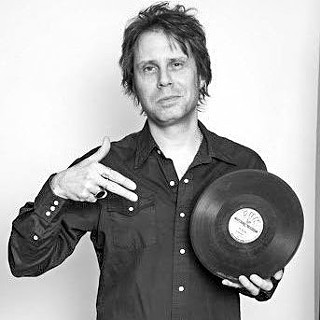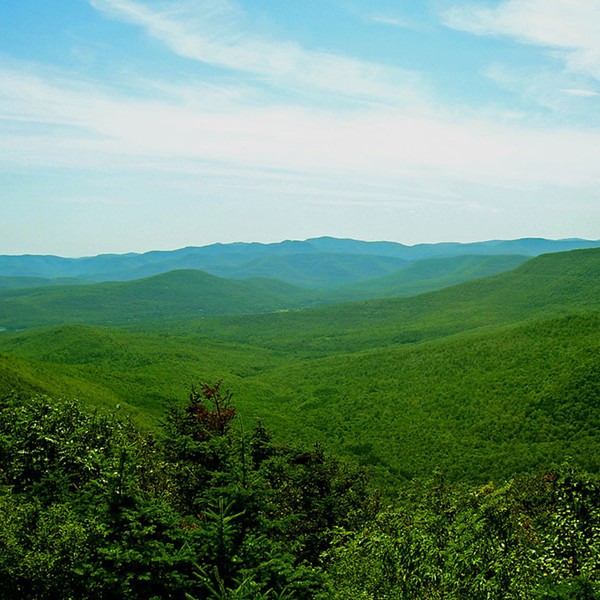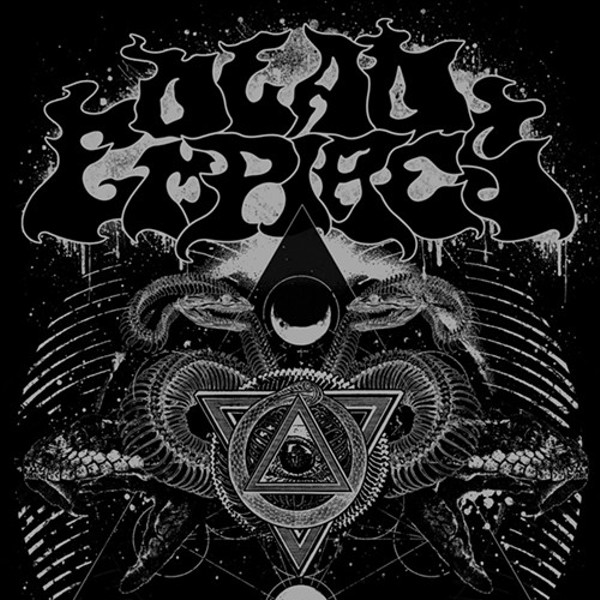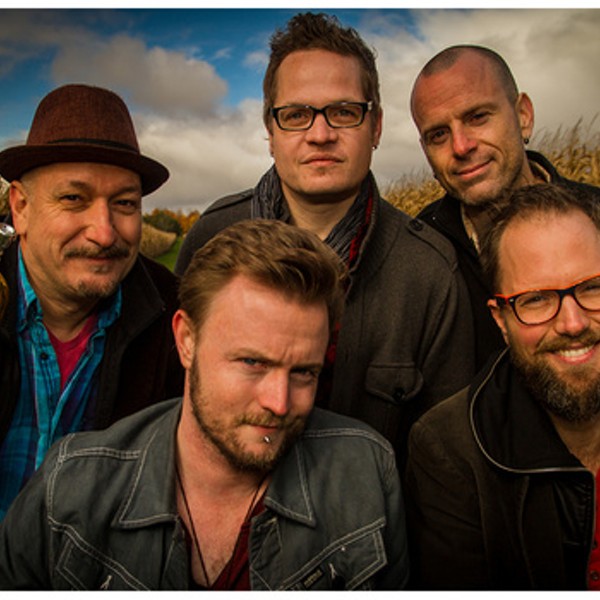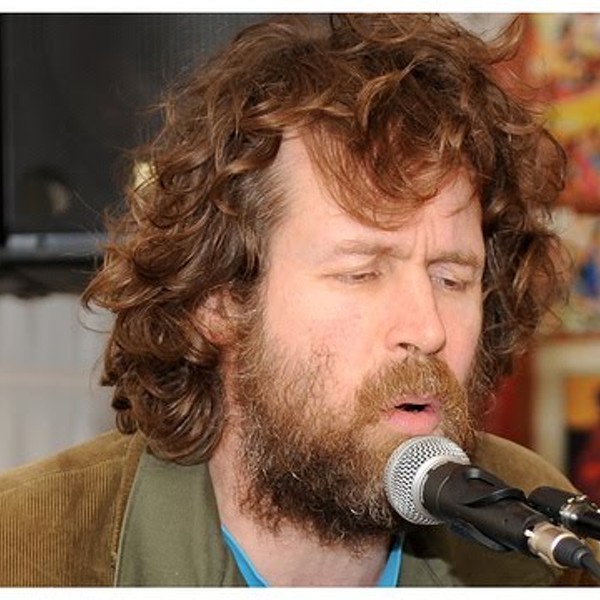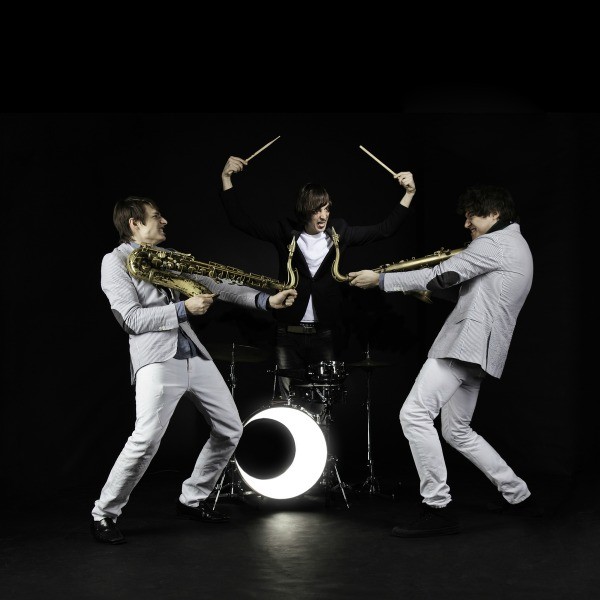Immigration in Ireland is a predominant way of life," says the playwright John B. Keane in the 2009 documentary Out of Ireland. "It has been going on since the Milesians landed in South Kerry over 2,000 years ago, and I suspect it will go on forever." During the 18th, 19th, and 20th centuries over seven million Irish immigrants, looking for relief from the crushing poverty, famine, and persecution that have plagued their homeland for centuries, settled in America. Besides contributing to the Great American Narrative in so many other ways, many of these expatriates also brought along their music, a reminder of the more pleasant aspects of their origins. One of them was Monsignor Charlie Coen, perhaps better known as Father Charlie Coen.
Coen, who came here in 1955, has for decades been revered as one of the leading figures of Irish traditional music in America, a man who's done much to preserve this rich and stirring art form by performing it and passing it along as an educator. Although his signature instrument is the concertina, he's also a demon on the flute and tin whistle and as a traditional sean-nós (unaccompanied) singer, and has won All-Ireland Championships in all four categories, some repeatedly, and has been inducted into two the halls of fame at two Irish music organizations. It's been a long journey from the farming hamlet of Drimnmuckla in County Galway, where he was born in 1933.
"There were exactly nine houses there, it was very self-sufficient," Coen says. "Drimnmuckla is just outside of the village of Woodford, which isn't much bigger itself. Woodford had six pubs then; now it has two, and they're open on alternate days. The biggest job for the police was probably checking dog licenses." The future priest and his nine brothers worked the family farm, raising potatoes, barley, and other crops and tilling the fields with a horse-drawn plow. Their father played concertina (a small, accordion-like instrument with hexagonal ends), and there were five or six other musicians in the area. "I didn't hear a radio until I was 12, and my family didn't own one until I was 16," recalls Coen. "But I had heard music before that. My father would play tunes his father and grandfather taught him, and I sang in the church choir. There would be dance parties several times a year in people's houses and at the half-year in the Golden Vale [in the province of Munster] there would be a cattle market festival, where farmers would bring calves by rail to sell and play music, as well."
Charlie was in thrall to his older brother Jack, who played fife in a home defense force fife and drum band. It would take some time before the younger Coen acquired his first instrument. "I started out on tin whistle when I was 13 because it was the only thing I could get," he says. "During World War II all materials were rationed, and you just couldn't find instruments. Later on my oldest brother, Paddy, who was living in London, got me a wooden flute, which was just impossible to find where we were." Coen eventually purchased his first concertina at age 19, during a three-month stay in England. "It wasn't a very good one, though—a Crabb, which split from the humidity when I brought it to America. I was drawn to the concertina because my father played one, but also because it seemed like the instrument was becoming extinct. Nobody was playing it anymore."
It was from Jack that Charlie would learn much of his technique and repertoire, which contains regional dance pieces like the effervescent "Buckley's Reel" and "The Copper Plate" (both performed by him on Rounder Records' 1977 compilation Traditional Irish Music in America: The East Coast). "County Galway is right next to County Claire, and there isn't too much of a difference between the music from both places," Coen explains. "Galway style is perhaps more flowing, with less ornamentation, and Claire style is more robust, more daring. In the north you have [County] Sligo style, which is also very bold; Sligo flute playing involves a lot of hard puffing, while with Galway style the idea is to not show any breathing."
For Coen, an asthmatic, it was issues with breathing that forced him to follow Jack to America. "I was 22 and I only weighed 117 pounds," he says. "I just couldn't live on the farm anymore, with the damp air such as it was." He had a cousin in the fresh-air Catskills, a practicing priest, so he took a job as a dishwasher at a Monticello hospital before eventually becoming a bellhop at fabled Borscht Belt resort Grossinger's Hotel. "Within three months I weighed 160 pounds and the asthma hasn't bothered me since. Jack had started playing with a lot of New York musicians back then and I would sometimes go down to play with them, but I had no inclinations musically beyond that." Indeed, Coen's inclinations were in other areas: Four years after his arrival, he'd begun his studies for the priesthood. "I suppose I was attracted to it from being around my cousin, and because I'd grown up with the Church," says Coen. "There was no 'voice from Heaven' or anything like that. It was a hard decision, though, because I was a grade school dropout and it was supposed to be an eight-year program—it ended up being nine. Learning Latin was difficult."







